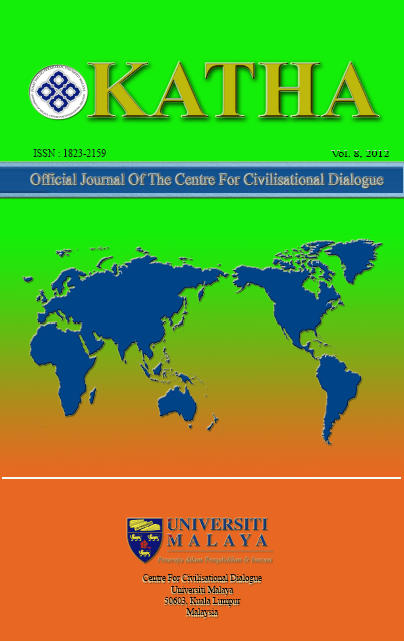Metaphors of Music & Dance in Rumi’s Mathnawi
Keywords:
Mathnawi, music, sama, self-realization, selflessnessAbstract
The sound of music has often been used metaphorically by Sufis and other mystics to introduce connections to a true domain that may not be seen or touched externally, but could be felt as strong, if not more! Persian Poetry is full of such symbolic expressions. Rumi’s Mathnawi is among the sources where such metaphors find creative and colorful manifestations. The Mathnawi begins with a profound passage at the core of which stands a musical instrument: "The Flute". The Flute (or the reed) symbolizes a pure natural man who, despite being hollow of ego and worldly desires, feels empty and sad, for in the void within he feels strong longing for the Beloved who is absent; and that is why the melodies produced by the flute are often sad. Sufis maintain that melodies and rhythms prepare the soul for a deeper comprehension of the divine realities and a better appreciation of a music that is celestial in nature. Rumi views samā’ (the spiritual Sufi dance) in the same manner. Body, which is the carrier of the soul, in the process of samā’ is supposed to find its true rhythm. True samā‘, according to him, transcends the movement of body to unite the dancer’s soul with the Source. This paper presents the symbolic significance of music, musical instruments and musical movements in the process of self-realization as reflected in Rumi’s Mathnawi. It also addresses the concepts of “language of presence” and “language of tongue” in the context of esoteric and exoteric realities.
Downloads
Downloads
Published
How to Cite
Issue
Section
License
Articles submitted to the journal should not have been published before in their current or substantially similar form, or be under consideration for publication elsewhere. Authors submitting articles for publication warrant that the work is not an infringement of any existing copyright and will indemnify the publisher against any breach of such warranty. For ease of dissemination and to ensure proper policing of use, papers and contributions become the legal copyright of the publisher unless otherwise agreed. By submitting a manuscript, the author(s) agree that copyright for the article is transferred to the publisher, if and when the manuscript is accepted for publication. However, it can be reprinted with a proper acknowledgment that it was published in KATHA.

This work is licensed under a Creative Commons Attribution-NonCommercial-NoDerivatives 4.0 International License.




